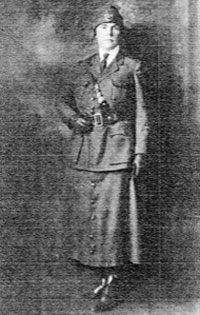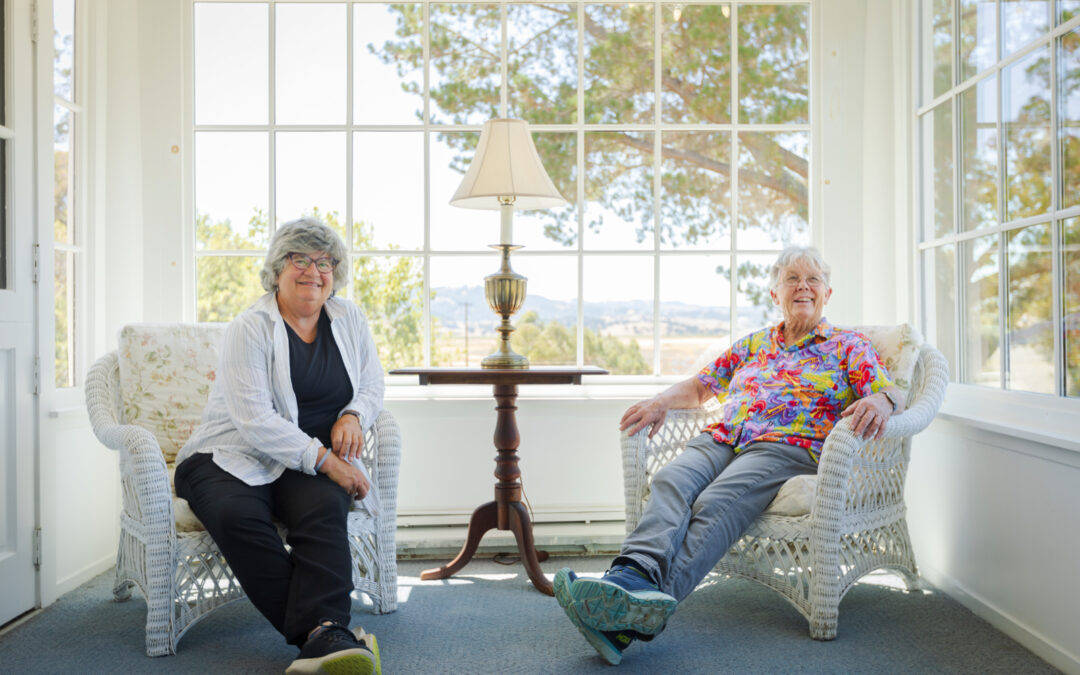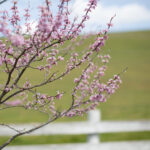by Robin Blaney | Oct 21, 2023
From 2005 to 2019, Rita and Marvin Cardoza farmed the Silver Penny property, along with the 3000 acres that is now Tolay Lake Regional Park.
by Robin Blaney | Sep 4, 2023
Long before Sonoma County was known for Wine Country, it was home to thousands of Native Americans, including those of the Pomo, Coast Miwok, and Wappo tribes. Joe Sanchez, a 74-year-old Coast Miwok elder, traces his ancestry to a once thriving village called Péta...

by Robin Blaney | Sep 4, 2023
Katherine Rhinehart, county historian, writes about the White Family of Lakeville: “I first learned about the farm while researching Edith White, daughter of Josiah and Annie (Daniels) White. Edith was born on the property in 1886 and lived there...

by silverpenny | Aug 23, 2021
Sue Conley and Nan Haynes bought Silver Penny Farm from the Cardoza family for the purpose of creating workforce housing and opening the Big House to conservation groups for meetings and retreats. The land is currently feeding pastured sheep from the Gilardi family...
by silverpenny | Aug 23, 2021
In 1986 the Hearst family donated the property to the Archdiocese of San Francisco. The Church turned the property into a retreat center which is why there are so many bedrooms in the mansion and six cottages on the grounds. It operated as a retreat center until the...







Great article! I really appreciate the clear and detailed insights you've provided on this topic. It's always refreshing to read…
Great article! I really appreciate the clear and detailed insights you've provided on this topic. It's always refreshing to read…